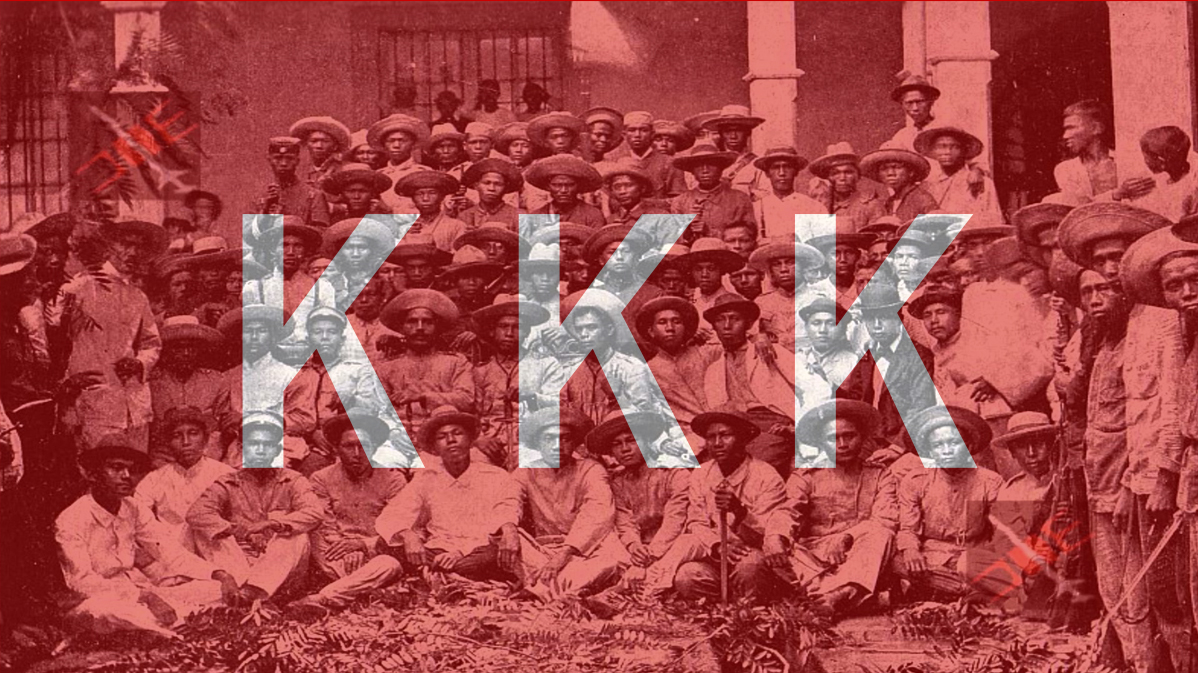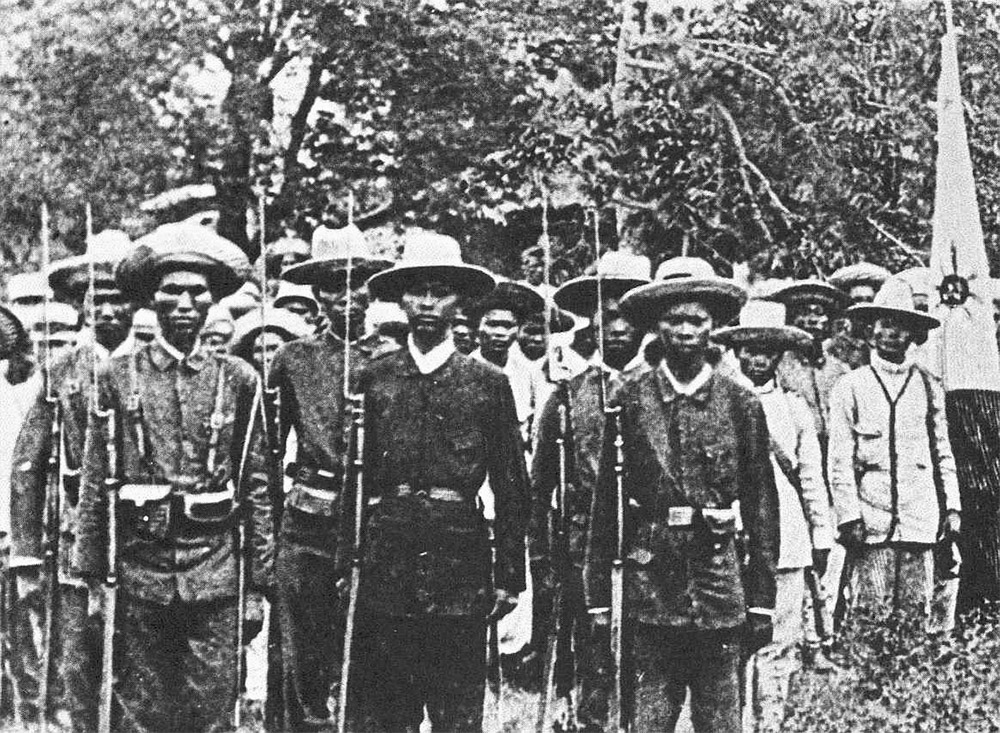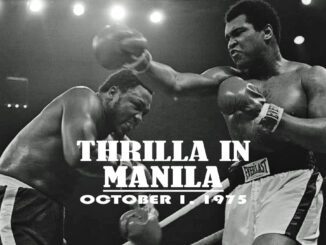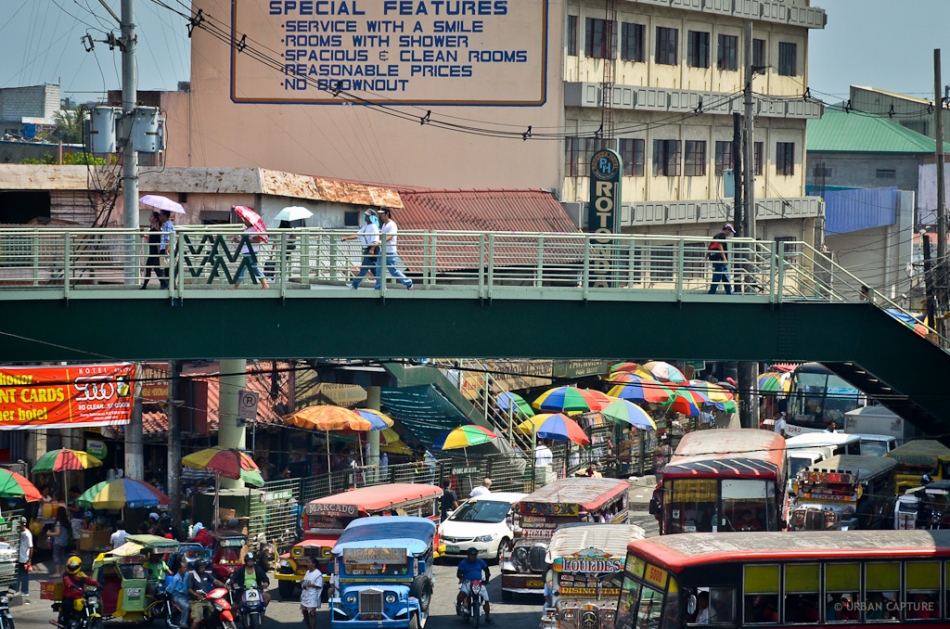
As a little PSA for the uninitiated in Philippine history. The many references to the KKK you may see or hear are not what you think.
I still remember laughing as I passed the chain restaurant donning the name KKK. Obviously, I knew they weren’t advertising the American white supremacist group.
After asking a few people about it, I didn’t seem to get a complete answer on what the KKK was referencing. So, I decided to dive into the topic myself.


So who was behind the KKK revolutionary group?
It turns out the KKK is a historically important secret society and revolutionary group. Its beginnings date back to 1892 when anti-Spanish Filipinos decided to band together. The members had the common goal of gaining independence from Spanish rule.
Now the official name of the society was Kataastaasan, Kagalanggalangang Katipunan ng mga Anak ng Bayan. When translated into English, means Supreme and Most Honorable Society of the Children of the Nation. So it seems that shortening it to KKK or the Katipunan was a reasonable decision.
The founders of the group Andres Bonifacio, Teodoro Plata, Ladislao Diwa plus various others were mostly Freemasons. This meant that a lot of the organisational structure adopted by the KKK was borrowed from Philippine Freemasonry.
A lot of people associate the Filipino national hero Jose Rizal with the KKK. Although Rizal was not formally a member of the group; due to his being exiled to Mindanao at the time; he still remained a close affiliate with the KKK. The society had been created as a reaction to the La Liga Filipina organization being shut down, an organization in which Rizal was the founding member.
Members of the La Liga Filipina moved away from the organization when the realization came that the organizations’ peaceful stance would be suppressed by Spanish authorities. As these members moved to the KKK their aims were adjusted to the concept of an armed revolution against the Spanish.
The KKK had begun their work in preparing for the revolution over the course of many years. They had been working to stockpile weapons and build membership to their organization. These activities did not go unnoticed by the Spanish authorities, as they had begun to alert their superiors to possible anti-Spanish movements amongst the Filipinos.
Click here to find out more about Filipino culture
The Spanish turn against the movement
Shortly after the Spanish became aware of the movement, they received information on the location of the organizations’ operations. Spanish officers arrived at the site of the Katipunan newspaper printing operations and made several arrests; this became the trigger for the Katipunan to stage their revolution.
This led to a series of battles across Manilla and into its neighbouring provinces. As a consequence, many rebels were killed or arrested and ultimately the Katipunan were subject to defeat. But this was only the beginning of the demise of Spanish dominance in The Philippines.
In the end, the movement worked to weaken the Spanish colonial power due to their frequent clashes. The Spanish were also weakened after needing to focus resources on fighting another war across the globe. After much resistance, the rebels were able to gather control over most of the countries’ territory.
In the end, the rebels were able to declare independence on June 12, 1898, in Cavite. After 333 years of colonial rule, The Philippines was finally able to declare independence from the Spanish.
As a side note, the Philippine hero Jose Rizal was killed as a result of these uprisings. At the time, Rizal was on his way to Spain. Word got out that a group he was instrumental in forming had begun to revolt against the Spanish. In the end, Rizal was executed by the Spanish after being convicted for treason.
Click here to read more about the vibrant history of the Philippines.





Be the first to comment